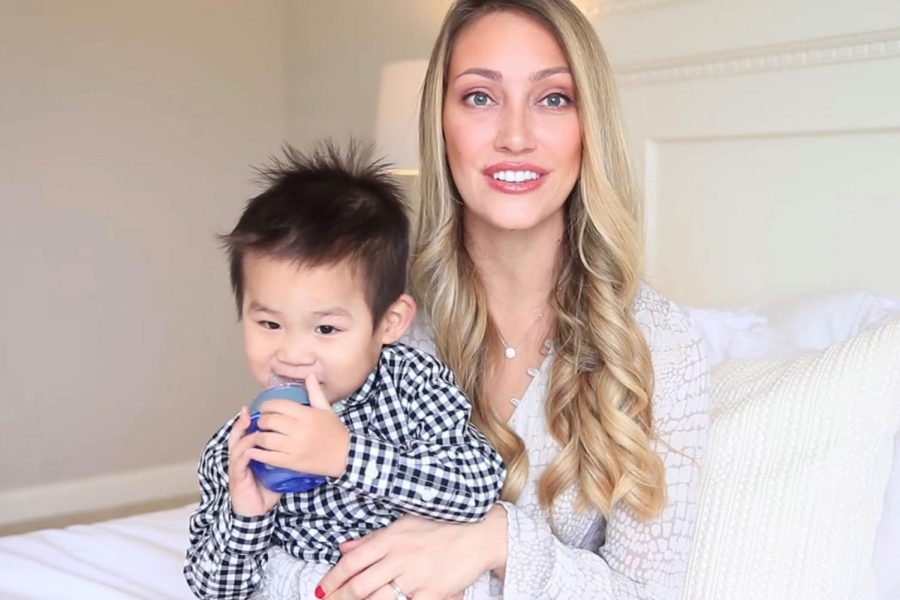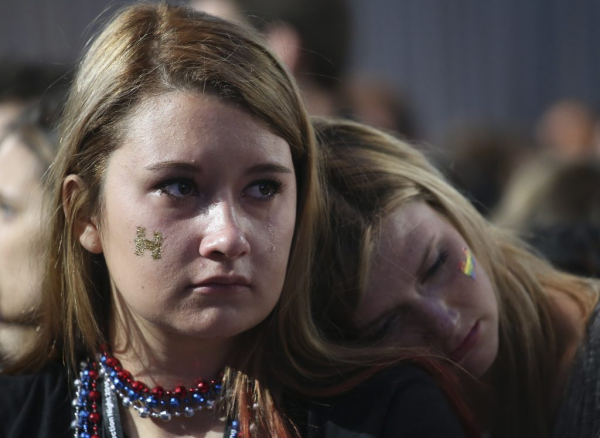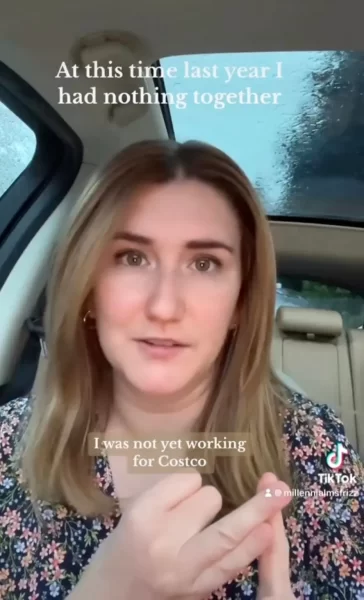The tragic phenomenon of rehoming children
A child is born. A newborn girl. For one reason or another, she is put up for adoption. She then proceeds to go from orphanage to foster home to another orphanage.
Maybe she doesn’t go into the adoption system, she could live with her biological parents. After 9 months of creating her daughter, the mother grows sick of her. She is prepared to give up her daughter because she claims the child is too much to handle.
That’s when she enters the underground adoption ring throughout the United States, pulling children from countries all over the world. These children are labeled as Black Market Babies, a terrible label for children that are ruthlessly traded from home to home, across seas, just to face verbal, physical, and sexual abuse.
Since 1990, approximately 243,000 children have been adopted from foreign countries, according to Reuters Investigates. The United States government estimates a percentage of 10 to 20 percent of these cases “fail.”
These failed cases of adoption are when adopters give up the child they are legally the parents of. These parents become incapable of caring for a child and these relationships get labeled as failures.
These failures lead the adopted child to be given over to complete strangers after these children are posted online, with social media acting as a marketplace for children to be advertised.
These guardians sign over their children using a “power of attorney document.” This document transfers the power of guardian to someone else. After this form is signed, the child leaves for their new home.
Reuters Investigates researched a study of children that experienced re-homing via these marketplace platforms. Approximately 48 percent of these cases were male, roughly 52 percent were female, and 1 percent of them were undetermined.
The majority of these children were labeled as coming from overseas or having special needs. Of the 160 cases that specified, 99 percent of them had special needs. 1 percent did not. Of the 214 cases that specified if the child came from overseas, 9 percent of these cases did not. Approximately 91 percent of these children were brought overseas.
Myka Stauffer, part of family entertainment group “The Stauffer Life,” made national headlines after taking part in this rehoming cycle.
Myka Stauffer and husband James Stauffer began documenting the adoption of Huxley Stauffer in 2017. After publicly sharing the child’s special needs, Huxley remained with the family for several years. In 2020, the boy was rehomed, given up by the Stauffer family.
With hundreds of thousands of followers, the Stauffers, particularly Myka Stauffer, were questioned about the sudden disappearance of their son.
After revealing that they had given up their son, it took no time for their popularity to fade. The Stauffer Life Youtube channel was deleted soon after by Myka and family.
Ohio authorities have disclosed that their investigations have shown Huxely to be happy and safe in his new home. However, not every case ends so easily. Many children end up in terrible and hazardous homes.

I am a junior taking Journalism 2. I joined Journalism 2 because I would lie to pursue a career in journalism as an adult as well as share information...








